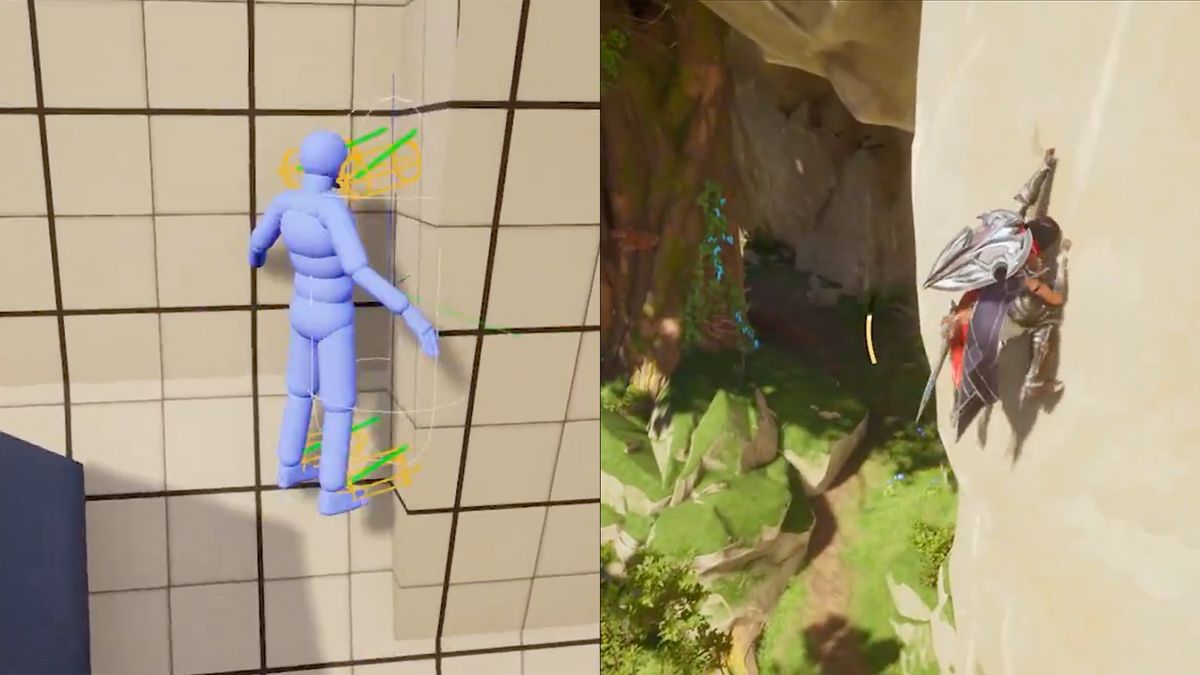Indie game developers on X have been taking part in an inspiring trend, showcasing their work from its humble beginnings to its current progression. For creatives of all kinds, it can sometimes be disheartening to see a curated online world of polished finished products, but this latest trend demonstrates that every project starts from humble beginnings, offering a candid look into the creative process.
Getting started in indie game development can be an overwhelming endeavour but this wholesome trend demonstrates how supportive the community can be. Not only is it great to see devs getting candid about their work, but it’s also a great insight into the tools and processes behind game development.
The ‘How It Started Vs. How It’s Going’ trend is a fascinating insight into how game creation develops over time thanks to animation, world building and character design. In an example from Brute Force, developer of Paper Sky, the impressive one-year progression demonstrates how the dev’s custom Unity shader adds extra immersion, creating realistic sand trails in the game’s desert terrain.
In another example, Yellow Brick Games demonstrates how simple brick wall graphics of Eternal Strands were transformed into a full-scale cliff face with crumbling textures and ASMR-worthy crunchy sound design completely transforming the early static design. Below, MythicOwl demonstrates how their “indie ray tracing” technique created immersive reflections in the water for the game Truckful.
Sometimes we all need a reminder that creativity is a process and it’s great to see devs showcasing their development journies. From a purely visual point of view, it’s extremely satisfying to see the transformation from early development to the final product to see what a difference thoughtful game design makes to a project.
For more creative inspiration, check out our interview with Atomhawks’ Darren Yeomans for tips on how to land your first job in game art. For more industry insight, take a look at the challenges of being an indie dev according to Picayune Dreams’ developer, Stepford.
